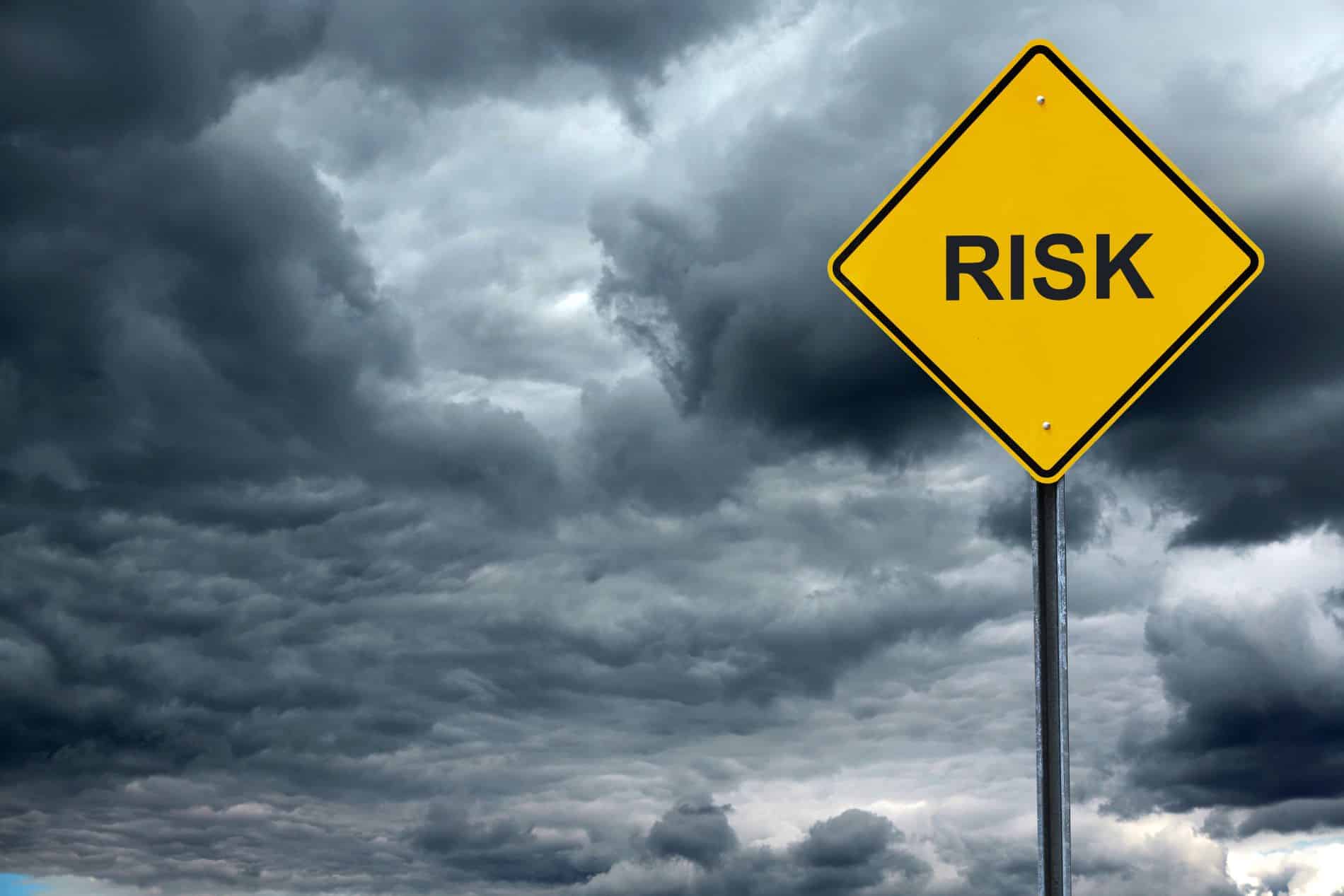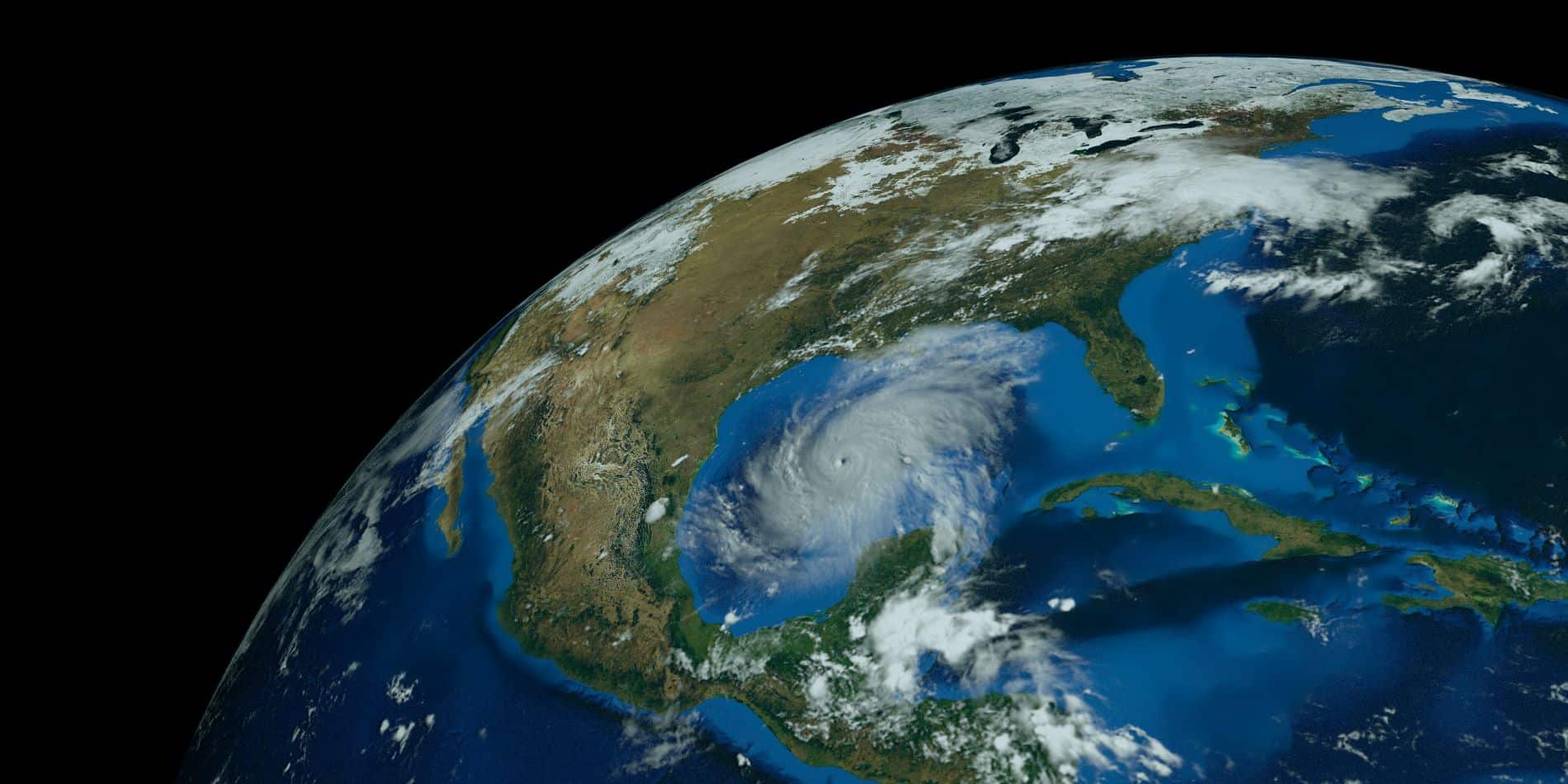Claims Surge Amid Unusual 2024 Hurricane Season and What Does it Mean for High Risk Homeowners Insurance?
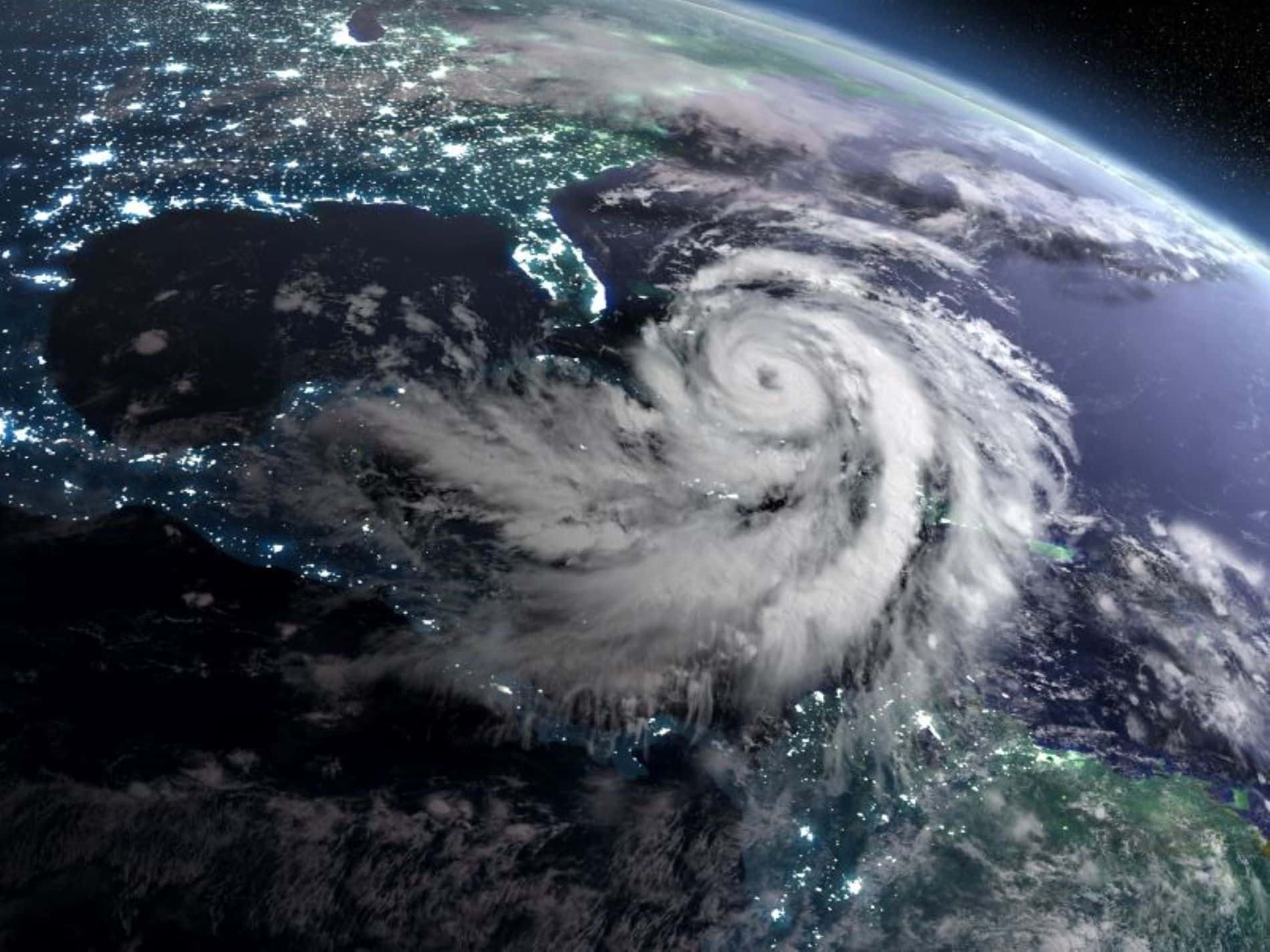
How is the season so far and what do higher temperatures have to do with it?
That warm waters in the tropical Atlantic favor the growth of these storms. Across the Main Development Region for hurricanes – an area stretching from the west coast of Africa to the Caribbean – sea surface temperatures have been around 1C above the 1991-2020 average, according to data climate services around the world. Atlantic temperatures have been higher over the last decade.

The recipe for hurricane formation involves a complex mix of ingredients beyond sea temperatures, and these other conditions were not right and the season was off to a slow start with possible reasons including a shift to the West African monsoon and an abundance of Saharan dust. These both hampered storm development by creating unfavorable conditions in the atmosphere. During this period, scientists were warning that the oceans remained exceptionally warm and that intense hurricanes were still possible through the rest of the season. And in late September, they arrived.
Fueled by very warm waters – and now more favorable atmospheric conditions – these storms strengthened, with many becoming hurricanes. Notably, many underwent what is known as “rapid intensification”, where maximum sustained wind speeds increase by at least 30 knots (35mph; 56km/h) in 24 hours with Hurricane Milton strengthening by 90mph in 24 hours. Historical data suggests that only around one in four hurricanes rapidly intensify on average.
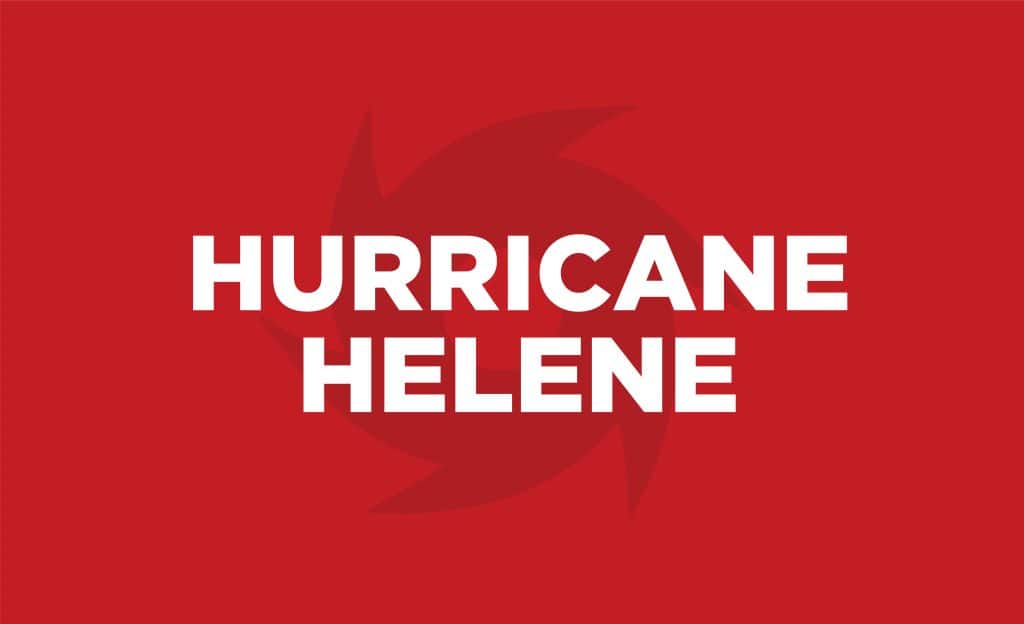
Hurricanes Helene and Milton – which have devastated parts of the southeast United States – have bookended an exceptionally busy period of tropical storms. In less than two weeks, five hurricanes formed, which is not far off what the Atlantic would typically get in an entire year. The storms, each assigned a Catastrophe, or CAT Number , for homeowners insurance purposes, were powerful, gaining strength with rapid speed. Yet in early September, when hurricane activity is normally at its peak, there were peculiarly few storms.
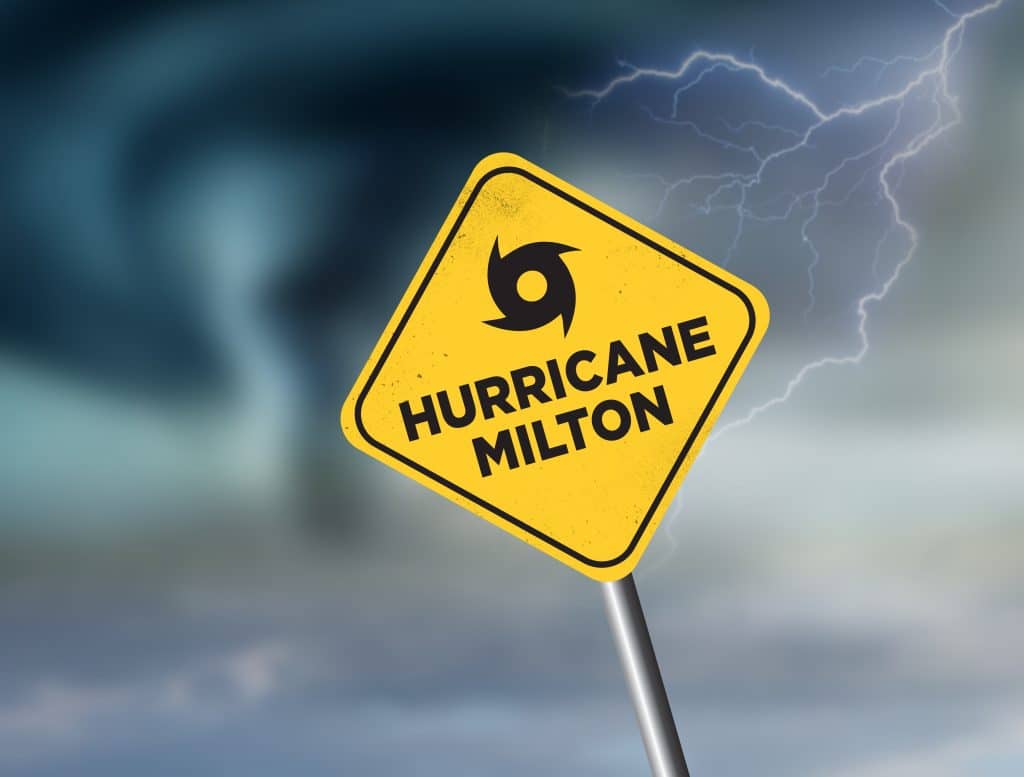
Rapid intensification can be particularly dangerous, because these quickly increasing wind speeds can give communities less time to prepare for a stronger storm. Warmer oceans make stronger hurricanes – and rapid intensification – more likely, because it means storms can pick up more energy, potentially leading to higher wind speeds.
What about the rest of the season?
As for the rest of the season, high sea surface temperatures remain conducive for further storms. There is also the likely development of the natural La Niña weather phenomenon in the Pacific, which often favors Atlantic hurricane formation as it affects wind patterns. Further activity will rely on other atmospheric conditions remaining favorable, which are not easy to predict. Either way, this season has already highlighted how warm seas fueled by climate change are already increasing the chances of the strongest hurricanes – something that is expected to continue as the world warms further.
The Impact of Intense Hurricane Seasons on High Risk Homeowners Insurance: A Crisis in the Making
The unprecedented hurricane activity in 2024, marked by the devastation of Hurricanes Helene and Milton, has had a far-reaching impact beyond the immediate destruction. One of the most significant and long-lasting consequences is the strain placed on the homeowners insurance market. With rising claims and mounting losses, insurers are finding it increasingly challenging to operate sustainably, leaving homeowners in high-risk areas to grapple with soaring premiums, reduced coverage options, non-renewals and even outright policy cancellations due to the tens of thousands of homeowners insurance claims.

A Perfect Storm for the Insurance Industry
The financial aftermath of a hyperactive hurricane season is severe for insurers. The 2024 season has hurricanes undergoing rapid intensification and causing widespread damage. As a result, insurance companies are facing an unprecedented volume of claims. Here’s how this season has exacerbated an already difficult insurance market:
- Increased Claims and Payouts
- The financial burden on insurance companies has been immense. Hurricanes Helene and Milton alone are estimated to have caused north of $100 billion dollars in damages, with homes, infrastructure, and personal property destroyed or severely impacted.
- This surge in homeowners claims leads to a direct increase in payouts, stretching the financial reserves of insurance providers.
- Reinsurance Costs Skyrocketing
- Reinsurance, which acts as insurance for insurance companies, has become significantly more expensive. Following major hurricane seasons, reinsurers hike their premiums to offset their increased risk, and these costs are passed down to primary insurers and, ultimately, to homeowners.
- Higher Risk Assessments
- Advanced climate modeling now frequently predicts more intense and frequent storms. Insurers are recalibrating their risk models, often leading to reclassification of areas previously deemed low-risk into high-risk zones.
- As a result, homeowners in these areas are either facing exorbitant premiums or struggling to find coverage at all.
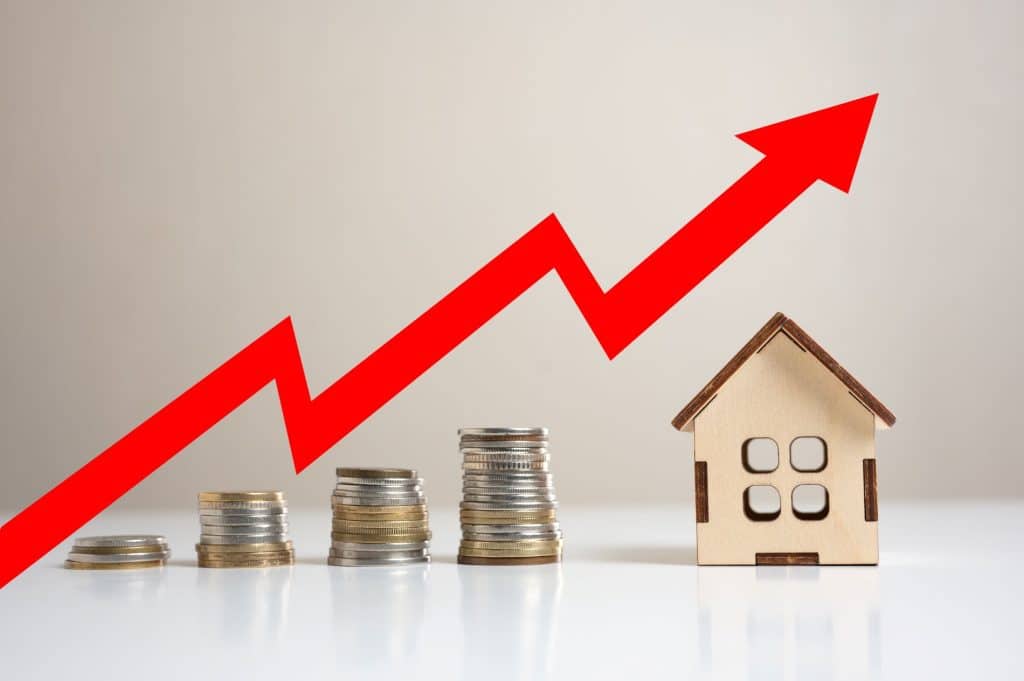
Impacts on Homeowners: Limited Options, Rising Costs
For homeowners in high-risk areas, the impacts are clear and concerning:
- Skyrocketing Premiums
- In Florida and the southeastern U.S., where hurricane risk is highest, premiums have surged by as much as 40% year-over-year. Many homeowners are now paying thousands of dollars annually just to maintain basic coverage.
- Policy Non-Renewals and Market Withdrawals
- Some insurers are opting to exit high-risk markets entirely. This leaves a shrinking pool of companies willing to offer coverage, further driving up costs due to reduced competition which is the biggest threat to a free market.
- State-Run Insurance Programs as a Last Resort
- In many states, homeowners who cannot secure private insurance turn to state-run programs like Florida’s Citizens Property Insurance Corporation. However, these programs often provide less comprehensive coverage and are themselves struggling to remain solvent under the weight of increasing claims.
Broader Economic Implications
The challenges in the homeowner’s insurance market have ripple effects across the economy:
- Reduced Property Values
- As insurance becomes more expensive or unavailable, homes in high-risk areas become less attractive to buyers. This drives down property values, impacting homeowners’ equity and local tax revenues.
- Impacts on Mortgage Lenders
- Mortgage lenders require homeowners insurance as a condition of their loans. If insurance becomes prohibitively expensive or unavailable, lenders face increased risk, potentially tightening lending requirements or even declining to issue mortgages in certain areas.
- Strain on Recovery Efforts
- Post-hurricane rebuilding efforts are heavily reliant on insurance payouts. Delays or reductions in claims can slow recovery, leaving communities vulnerable and economically disadvantaged for longer periods.

What Can Be Done?
Addressing the challenges in the homeowners insurance market requires coordinated action from policymakers, insurers, and the public:
- Investing in Resilience
- Encouraging or mandating the use of hurricane-resistant construction techniques can help reduce future claims. Programs that offer financial incentives for homeowners to fortify their properties can also make a significant difference.
- Regulatory Intervention
- State and federal governments may need to step in to stabilize the market as they have in many states with the implementation of a state run insurance FAIR Plan. This could include subsidies for state-run insurance programs, caps on premium increases, or the establishment of a federal reinsurance backstop to help private insurers manage risk.
- Climate Action
- Mitigating the root causes of climate change is crucial. Reducing greenhouse gas emissions can help slow the warming of ocean waters, which in turn can reduce the intensity and frequency of future hurricanes.
Lasting Effects
The 2024 hurricane season is a stark reminder of the challenges it creates for the homeowners insurance market. With high-risk areas facing an insurance crisis, action is needed to protect both homeowners and the broader economy. Strengthening community resilience and proactive claims mitigation strategies are critical steps homeowners must take to ensure that the insurance market remains viable in an increasingly storm-prone world.
Recent Posts
Claims Surge Amid Unusual 2024 Hurricane Season and What Does it Mean for High Risk Homeowners Insurance?
How is the season so far and what do higher temperatures have to do with it? That warm waters in the tropical Atlantic...
2024- Are Burglary Claims Still a High Risk?
Burglaries are a persistent threat to homeowners across the U.S., with over one million break-ins occurring annually. Even though burglary rates have decreased...
2024 Atlantic Hurricane Season Predictions
All Early Predictions Call for a Busy 2024 Atlantic Hurricane Season Forecasters are predicting an exceptionally active Atlantic hurricane season in 2024. The...


